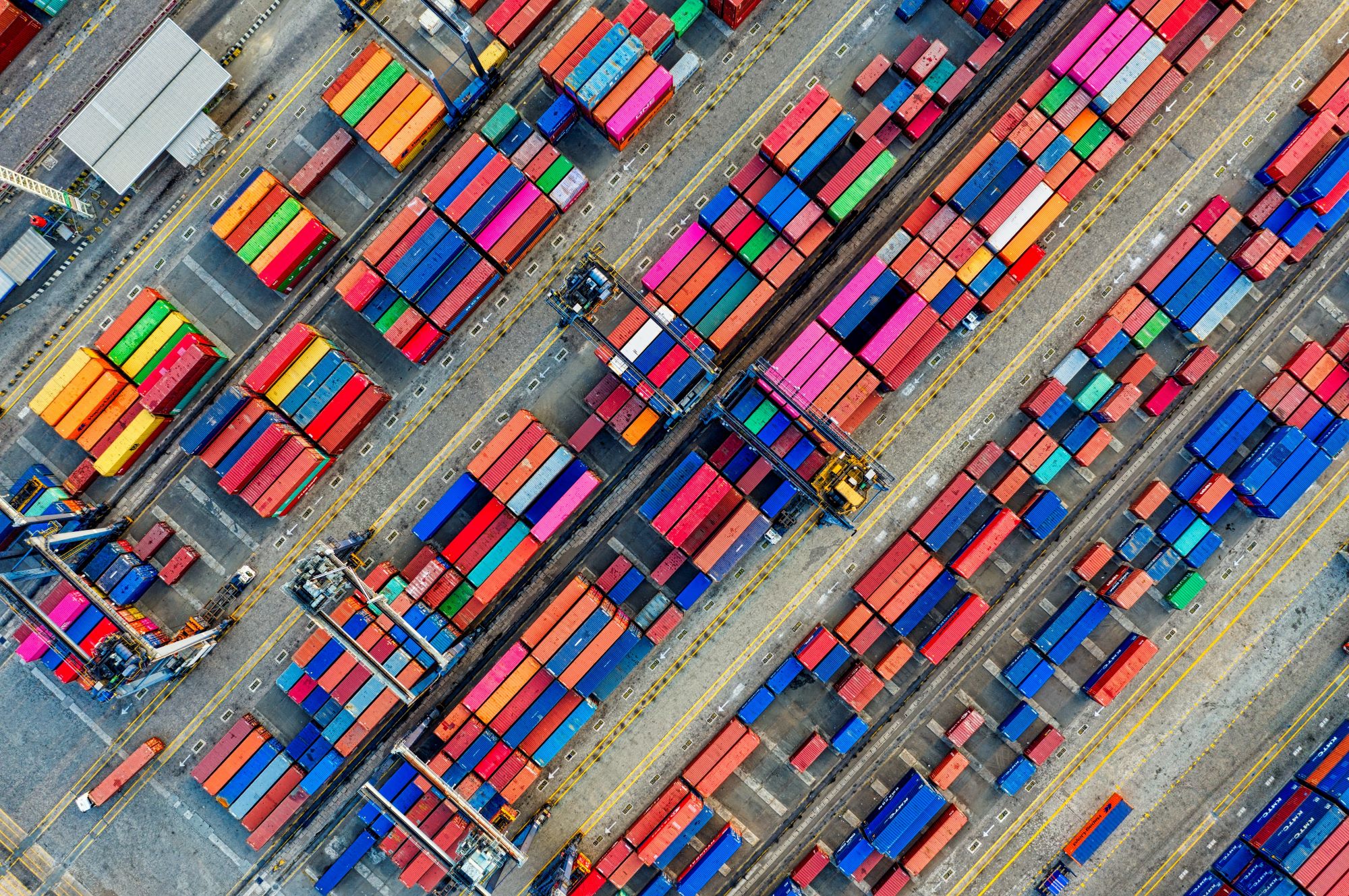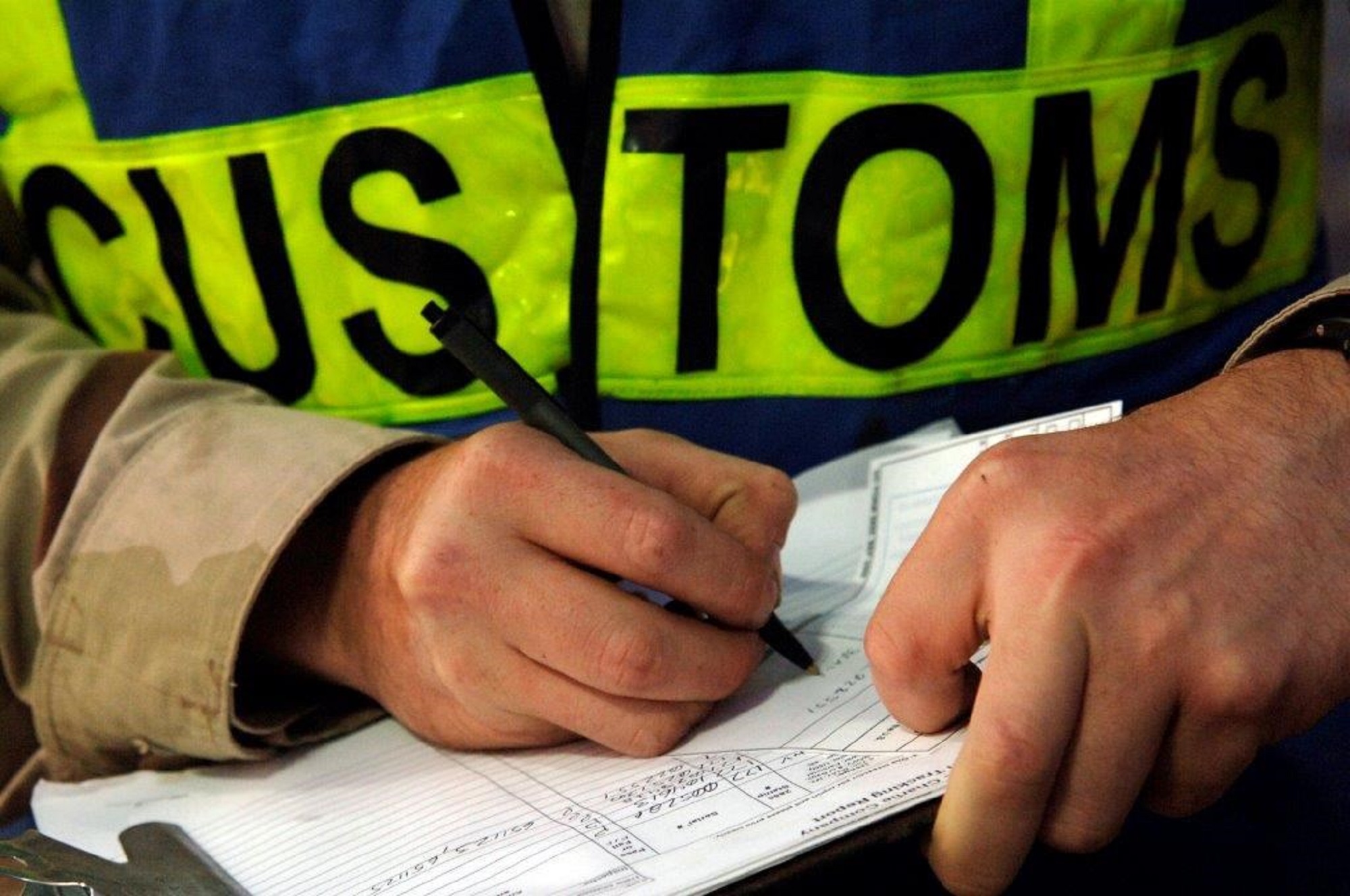Goods that are brought into the European Union (EU) to be sold there are imported into an EU country. At first sight it may seem logical that the importation of goods can only occur in a single country. Yet the reality is more complex than that. Importation into the EU, especially the place of importation, can have two different classifications: one for customs purposes and one for VAT purposes. This was recently reaffirmed by the European Court of Justice (ECJ).
This article looks in more detail at this court’s ruling and the practical aspects arising from it that need to be considered.
Two classifications for a single import
The dual nature of the place of importation for customs and VAT purposes came up in the Hauptzollamt Braunschweig ruling (C-791/22). In this case, an entrepreneur had purchased a large quantity of cigarettes with Ukrainian and Belarusian tax stamps in Poland. Without notifying the customs authorities, he then shipped these from Poland to Germany, where he delivered them to a buyer. The entrepreneur was subsequently arrested in Germany and the cigarettes were seized and destroyed.
As the cigarettes were brought into the customs territory unlawfully, the question then arises: what is the place of importation of the goods for VAT purposes and in which member state is import VAT incurred?
The German Tax Authorities is of the opinion that both the customs debt and the import VAT are payable in Germany. Under German customs legislation, the customs debt was incurred in Germany and German VAT legislation then stipulates that the provisions for customs duties apply equally to the place where import VAT is incurred, for example.
The ECJ disagrees, however. The EU’s VAT legislation precludes a national regulation on the basis of which a provision of the customs code applies equally to determining the place of importation for VAT purposes. This regulation only relates to determining the date of the chargeable event, in this case the importation, and the fact that import VAT becomes chargeable.
Correctly determining the place of importation
In this situation, the ECJ is of the opinion that the cigarettes entered the economic network of the European Union in Poland and were destined for use there. Poland should therefore be viewed as the place where import VAT is incurred on these cigarettes. It is up to the national court to verify this.
A single activity, the import of goods, with two different places of importation. Despite the correlation between the customs legislation and VAT legislation, they both deal with separate issues. Customs duties and import VAT are both payable when goods are imported into the EU and subsequently enter the economic network. Yet this correlation pertains to the date of the levy, not the place of importation and levy. Two different assessment frameworks are used to determine the place of importation, each of which needs to be applied to the import separately.
It may be possible to trace this difference back to the power to levy taxes. Whereas customs duties accrue to the EU, VAT revenue in principle belongs for the most part to the individual member state in which the import takes place. This is the member state in which the goods enter the economic network and so-called final consumption takes place. This is why the customs legislation cannot automatically be followed when determining place of importation for VAT purposes.
How much clarity does this ruling bring?
Where does final consumption take place and where do the goods enter the economic network? This was pivotal in the Hauptzollamt Braunschweig ruling, given that German customs regulations did not extend to the VAT classification. Based on earlier case law (including VS C-7/20 and Federal Express Corporation Deutsche Niederlassung C-26/18), the terms ‘enter the economic network’ and ‘consumption’ are of fundamental importance to the VAT classification. Yet the ruling in question does not provide clarity on the meaning of these two terms. When do goods enter the economic network? Is that in Poland, where the goods were purchased unlawfully? Or in Germany, as that is where you could say end final consumption takes place? Or do we need to look at one or more other member states, as it is not entirely clear how the goods were brought into Poland?
And then there is potentially another dilemma: can we even speak about goods entering the economic network and consumption, given that they were destroyed? The place of importation for VAT in this case lies in the hands of the national court.
Open end
The importation of goods is an activity that needs to be viewed from two perspectives: from a customs perspective and from a VAT perspective. As we have seen, the two perspectives differ and there are fewer similarities than you would expect. These differences are especially obvious in the case of unlawful imports, but we need to pay attention to these for regular imports as well. After all, the tiniest irregularity can have customs and VAT implications. The formalities are monitored very closely.
Contact
If you have any questions about importation, customs matters or VAT, contact our experts Marisa Hut and Stevie Mols at VAT & Customs Advisory. They would be happy to help!
The legislation and regulations in this area may be subject to change. We recommend that you discuss the potential impact of this with your Baker Tilly advisor.
Other insights
-
EU Deforestation Regulation (EUDR): stringent rules for importers, operators and traders
-
Customs Talks: How the new EU Deforestation Regulation (EUDR) will impact business with the UK
-
Customs Talks: Binding Valuation Information – progress in implementation





